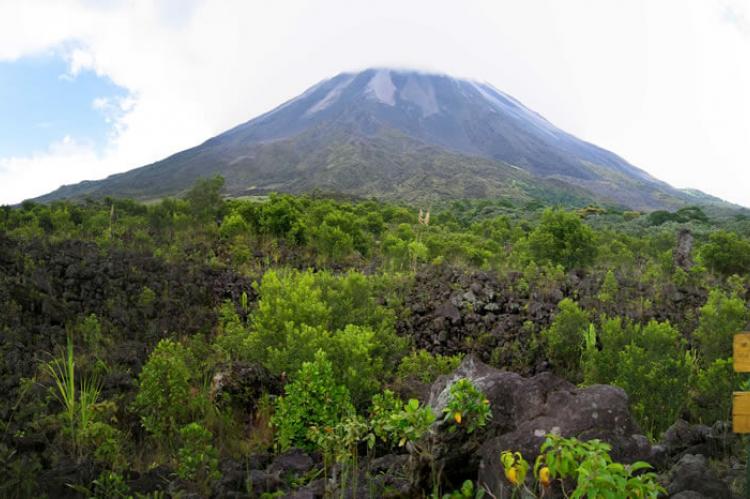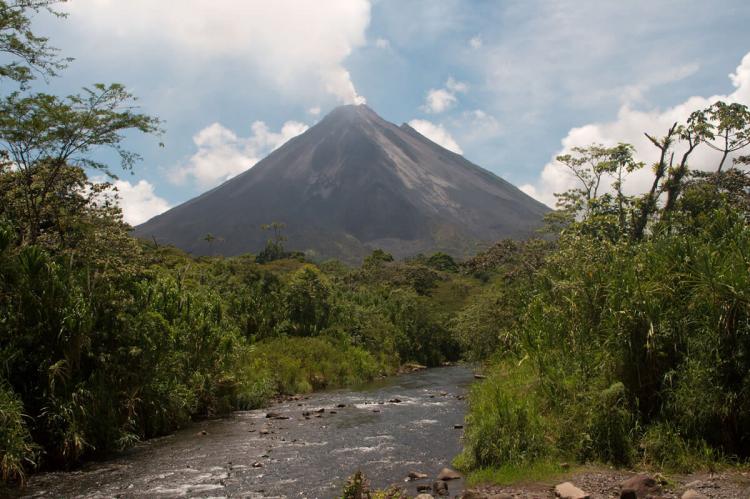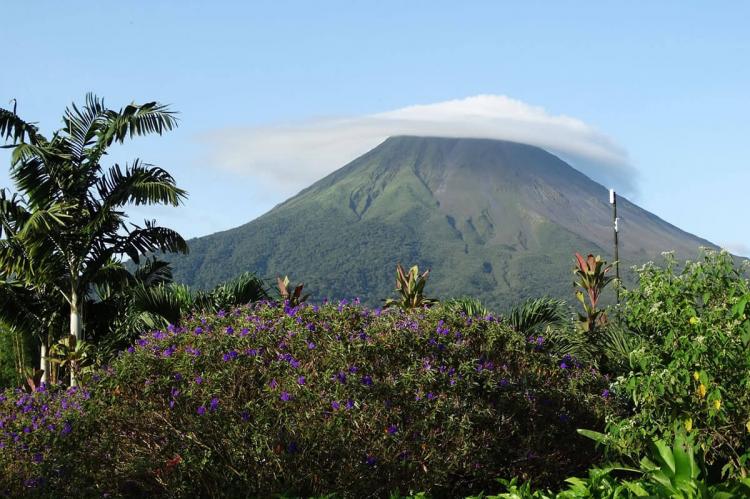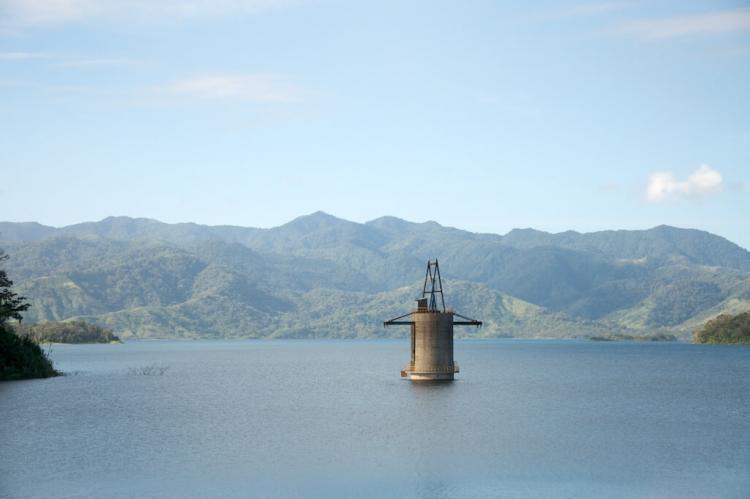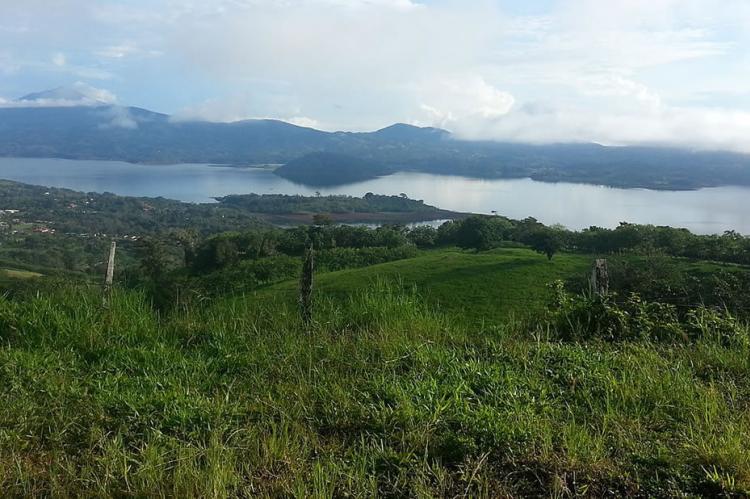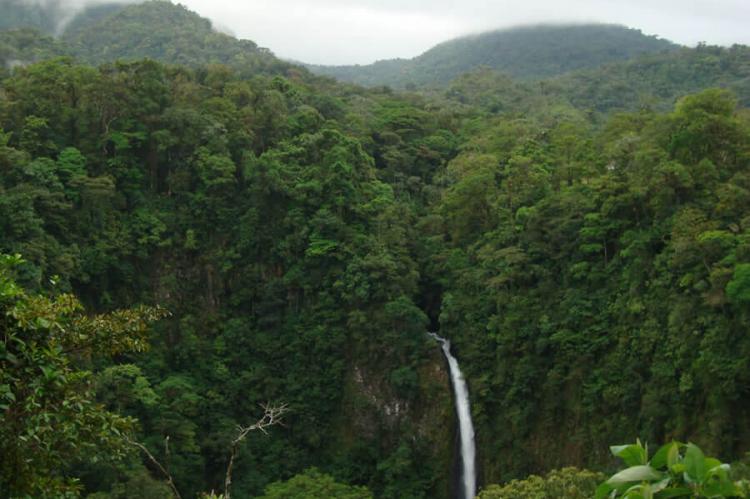Arenal Volcano: Arenal Volcano National Park (Costa Rica)
Arenal National Park is located in Alajuela province in northwestern Costa Rica. The park encompasses the Arenal Volcano, an active andesitic stratovolcano. It was Costa Rica's most active volcano until 2010 and one of the ten most active volcanoes in the world.
Arenal Volcano
The Arenal volcano is located at the center of Arenal Volcano National Park in the northern zone of the country, 15 km (9.3 mi) southwest of the La Fortuna district in San Carlos (canton), Costa Rica. The volcano measures at least 1,633 m (5,358 ft) high. It is conically shaped with a crater 140 m (460 ft) diameter.
Geologically, Arenal is considered a young volcano, estimated to be less than 7,500 years old. It is also known as "Pan de Azúcar," "Canaste," "Volcan Costa Rica," "Volcan Río Frío," or "Guatusos Peak."
The Arenal volcano was dormant for hundreds of years and exhibited a single crater at its summit, with minor fumarole activity, covered by dense vegetation.
In 1968, it erupted unexpectedly, destroying the small town of Tabacón. Due to the eruption, three more craters were created on the western flanks, but only one still exists today. Since 2010, Arenal has been dormant.
Arenal is one of seven historically active Costa Rican volcanoes along with Poás, Irazú, Miravalles, Orosí, Rincón de la Vieja complex, and Turrialba. It was Costa Rica's most active volcano until 2010 and one of the ten most active volcanoes in the world. Seismologists have studied it for many years.
It neighbors Lake Arenal, the site of the country's largest hydroelectricity project, the Lake Arenal Dam.
Arenal Volcano National Park
Arenal Volcano National Park is located in Alajuela province in northwestern Costa Rica. The park encompasses the Arenal Volcano, an active andesitic stratovolcano.
The park lies within the Arenal Huetar Norte Conservation Area (ACAHN) in the northern part of Costa Rica, which is managed by the National System of Conservation Areas (SINAC) for conservation.
The park also contains a second volcano, Chato, whose crater contains a lagoon. It is also called Cerro Chato (literally Mount Chato) as it has been inactive for around 3500 years, coinciding with the creation and growth of Arenal itself.
Various lodges and hotels surround the park, some with hot springs and others focused on wildlife. Within the national park is the Museum of Volcanicity and a ranger station.
Flora and Fauna
The Arenal Volcano National Park is popular with birders, as most of the 850 species identified in Costa Rica can be found within the park's borders. This includes the endangered resplendent quetzal, one of the country's most elusive and beautiful birds.
Other animal species living within the park include white-faced capuchin monkeys, jaguars, deer, coati, and snakes like the fer-de-lance and parrot snake.
The park also has a strong showing of plant life, including orchids, heliconias, ferns, laurels, cirri, guayabo de monte, palms, bromeliads, and strangler figs.
